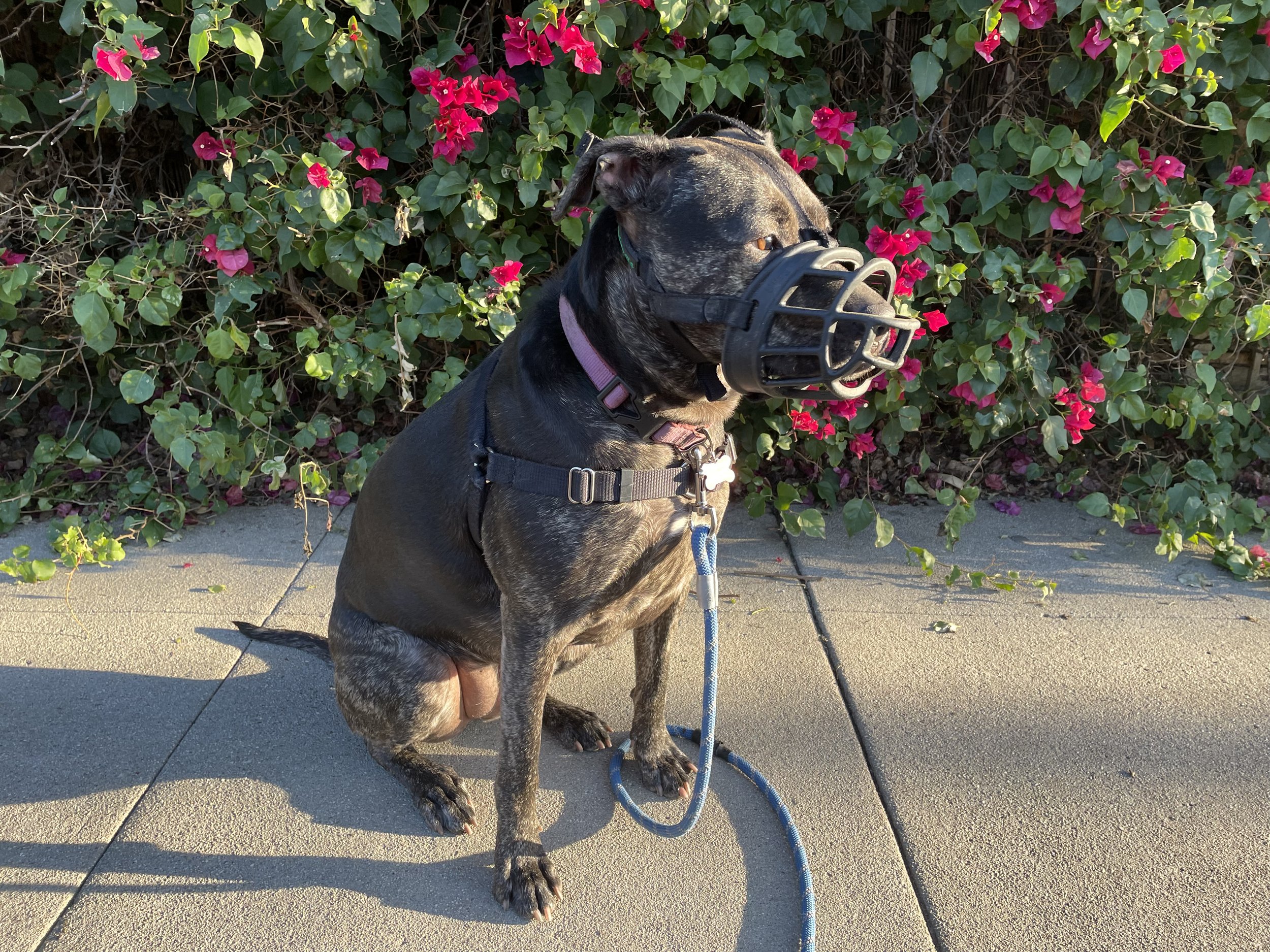Worried About Your Dog’s Aggressive Behavior?
Aggressive behavior in dogs can indicate negative underlying emotional states such as fear, anger, or possessiveness, as well as a predatory response. It may also mean a dog is in pain.
Although dogs are non-conflict-oriented creatures, there are many reasons why a dog may behave aggressively.
Most aggression results from a dog’s primal mind states being activated, indicating underlying feelings of fear, anger, possessiveness, or competitiveness.
Aggression can be predatory since all dogs are biologically designed to hunt.
Older dogs or ill dogs may respond aggressively if they feel grumpy or in pain.
Dogs that lack confidence or haven’t been socialized properly will show signs of fear or aggression around any novel stimulus, meaning that anything new or unfamiliar may provoke the behavior.
Whatever the reason, when aggression does surface, it's a sign that a dog is in a negative state of mind, and understanding this is part of learning how to change this behavior.
If your dog has started to exhibit aggression, we can help! We use science-based training techniques matched with a good behavioral management plan to help you change how your dog responds to situations that provoke aggression.
Dog Aggression Has Different Root Causes
Resource Guarding
Dogs that claim food, toys, and areas/spots are called "resource guarders." They will offer a threat display if you go near their food or try to take a favorite toy or bone away, and they often guard their owners against the approach of other people or dogs.
Resource guarding is a survival instinct that serves a dog well “in the wild,” but can wreak havoc in your home, especially if your dog has decided to guard his prized possessions from you and wants to prevent you or your partner from getting into your bed or sitting on the couch.
The good news is this behavior can be modified with science-based techniques and a good behavioral management plan!
People or Dog Aggression
The socialization window for dogs to accept new stimuli as benign or non-threatening is brief (between the ages of 3 to 16 weeks).
A dog that has not been socialized properly as a young puppy will either react fearfully (hiding and escape behaviors) or aggressively (threat displays and attack behaviors) when presented with the "unknown."
Understanding that your dog is afraid or concerned when the aggressive behavior shows up, and then taking the necessary steps to help them feel more secure is how to help them acclimate to unfamiliar people, dogs, and new experiences more readily.
Territorial Aggression
If your dog barks a lot and gets upset when the mailman comes or when guests enter the home, they have a highly developed feeling of protectiveness about their "den" and are making attempts to ward off the "intruders."
Understanding your dog's possessive feelings and desire to protect their den, plus how you can help them distinguish between threatening and non-threatening stimuli, is part of how you can start to turn this behavior around.
That’s because your positive or negative response informs your dog about how to feel and plays a big role in how your dog responds to these situations.







⭐️⭐️⭐️⭐️⭐️
Using the help of Dog Savvy and Alexandra’s virtual 8-week training program I am happy to report Roli is thrilled to stay home by herself and I can lead a totally normal life, leaving her at home and relaxed when need be!